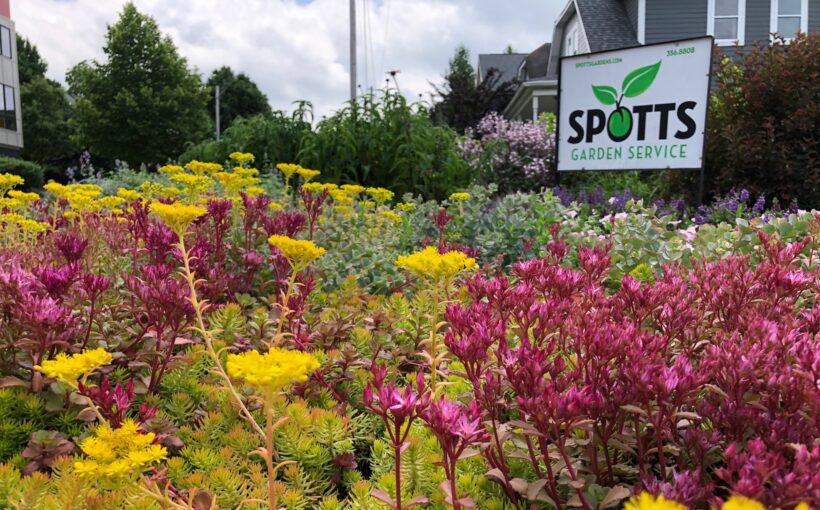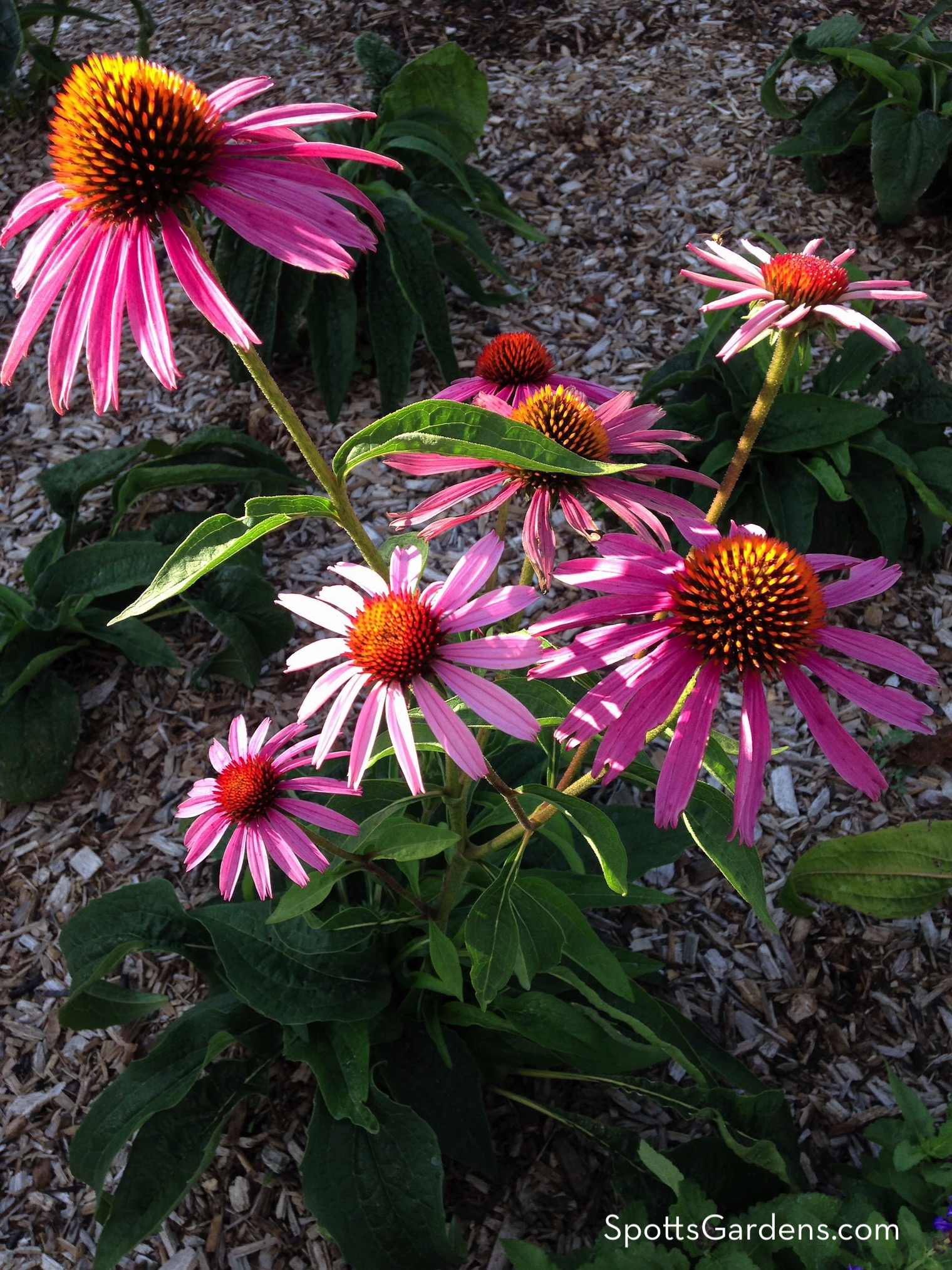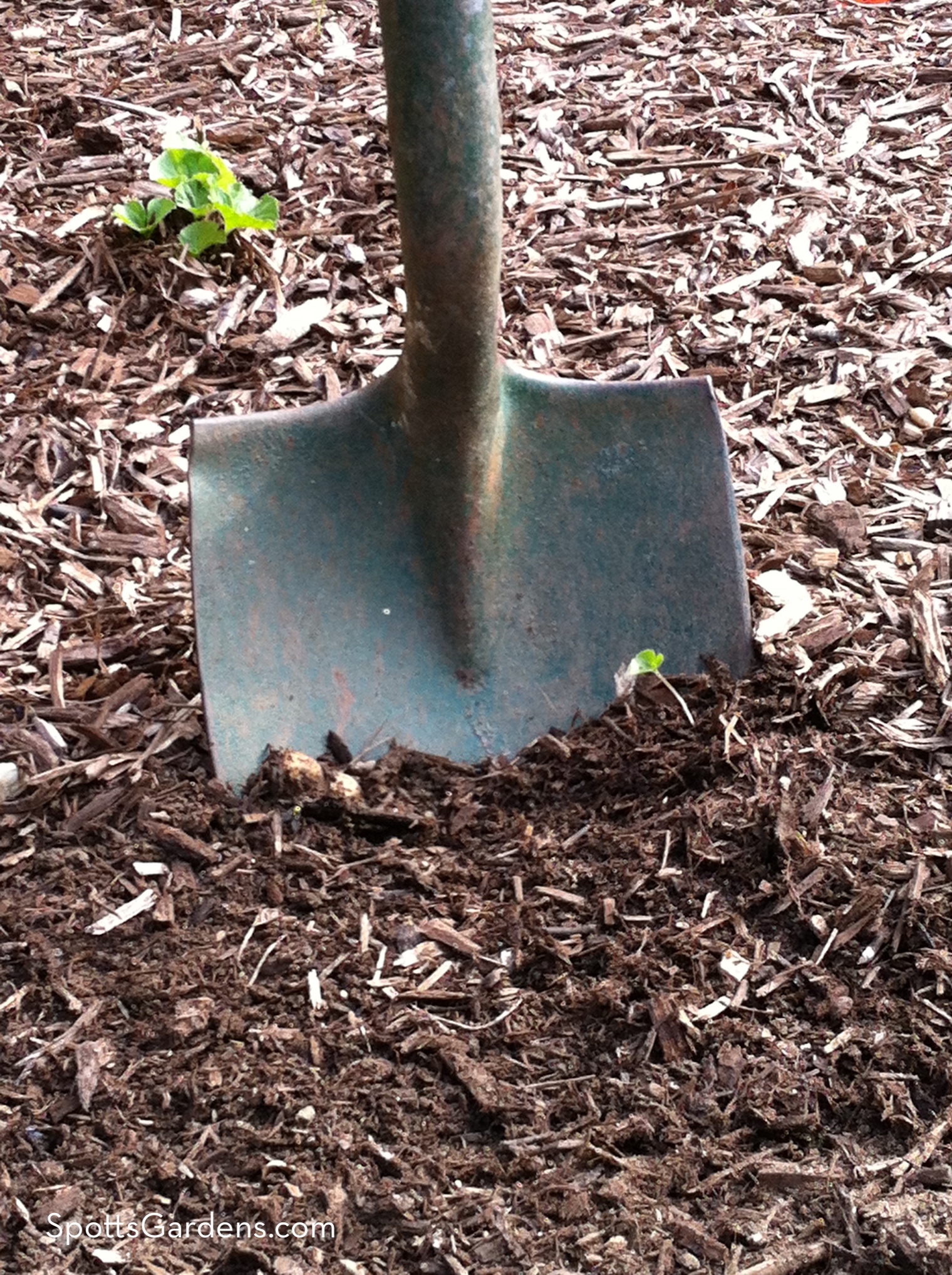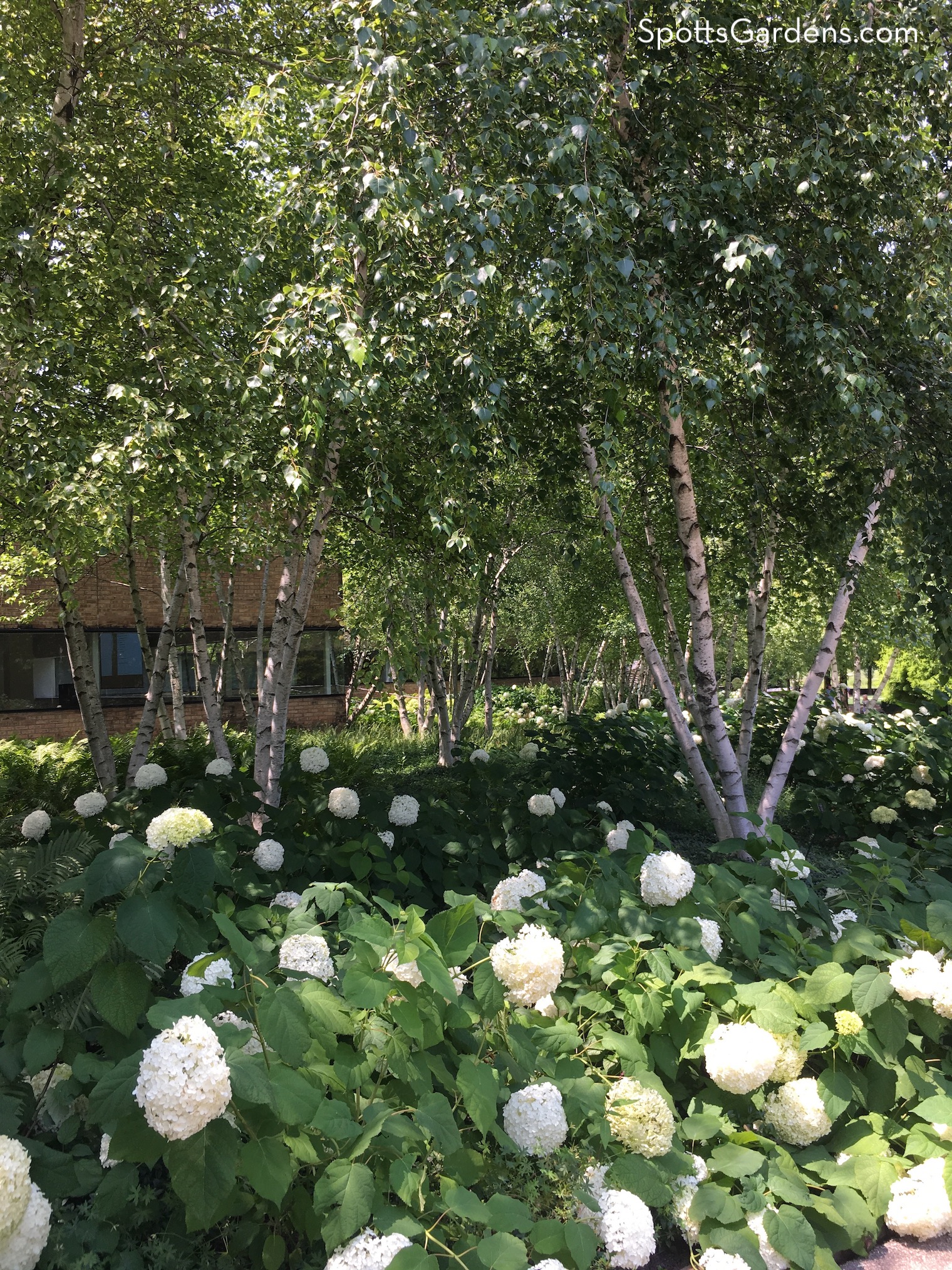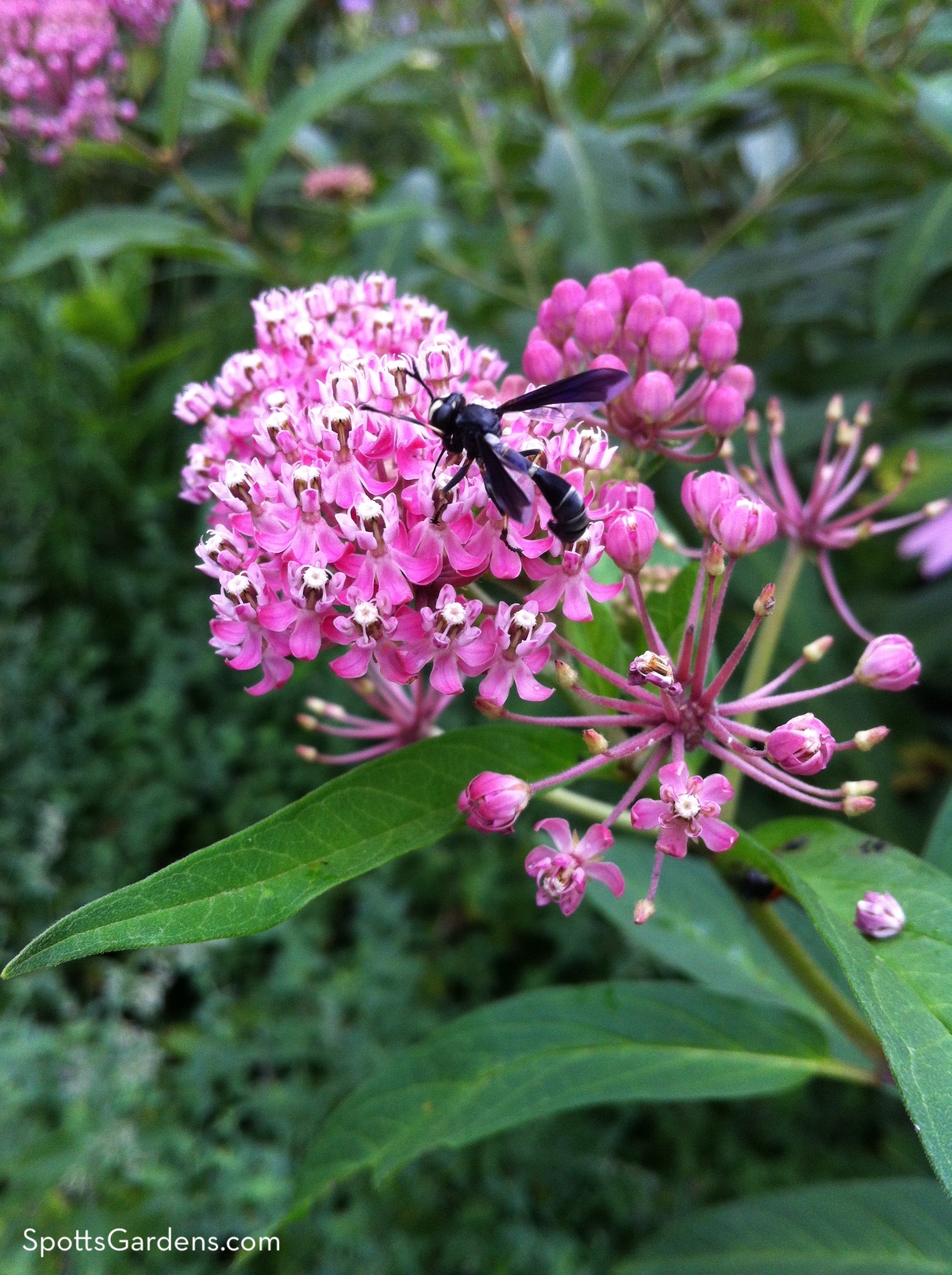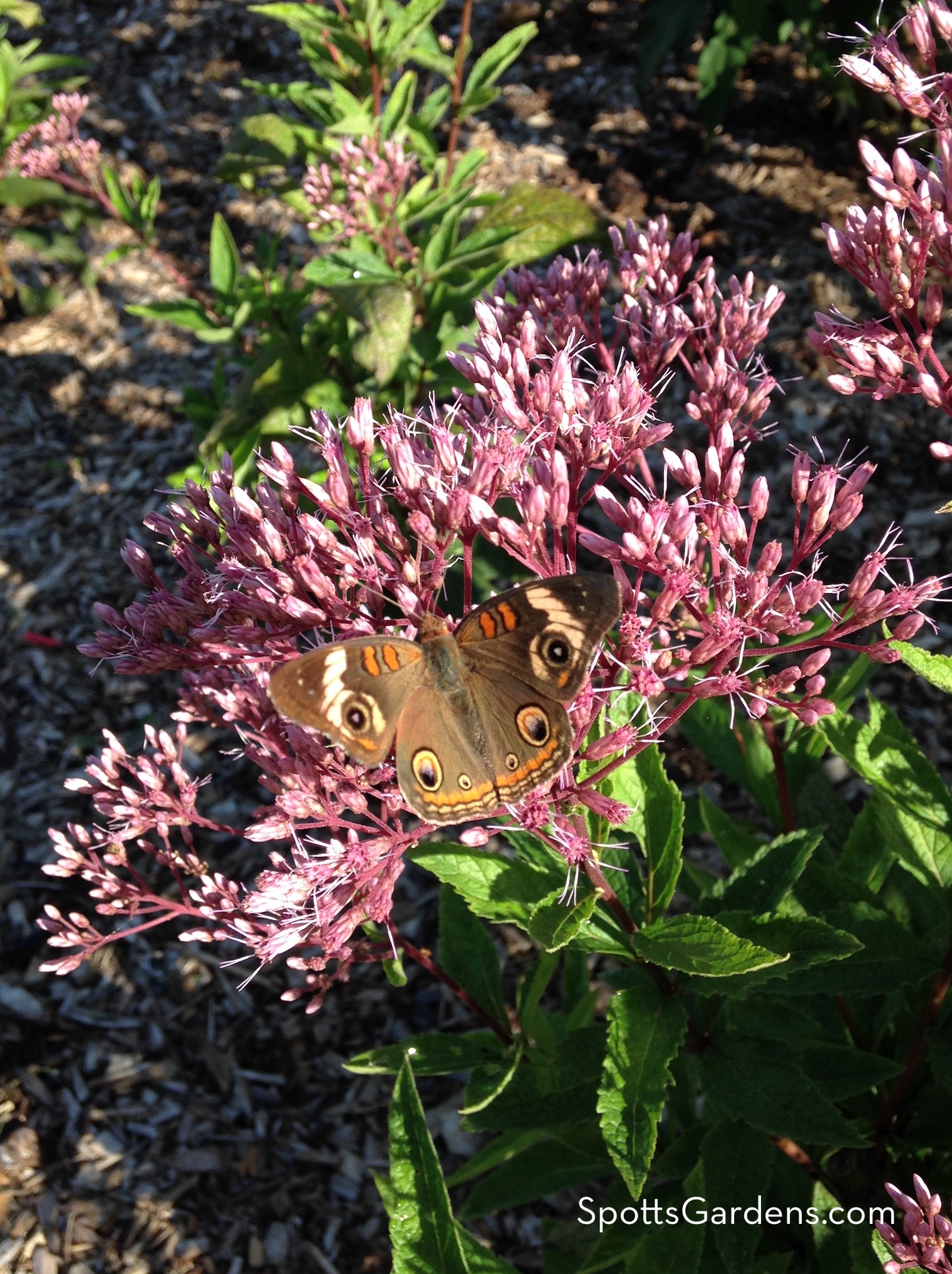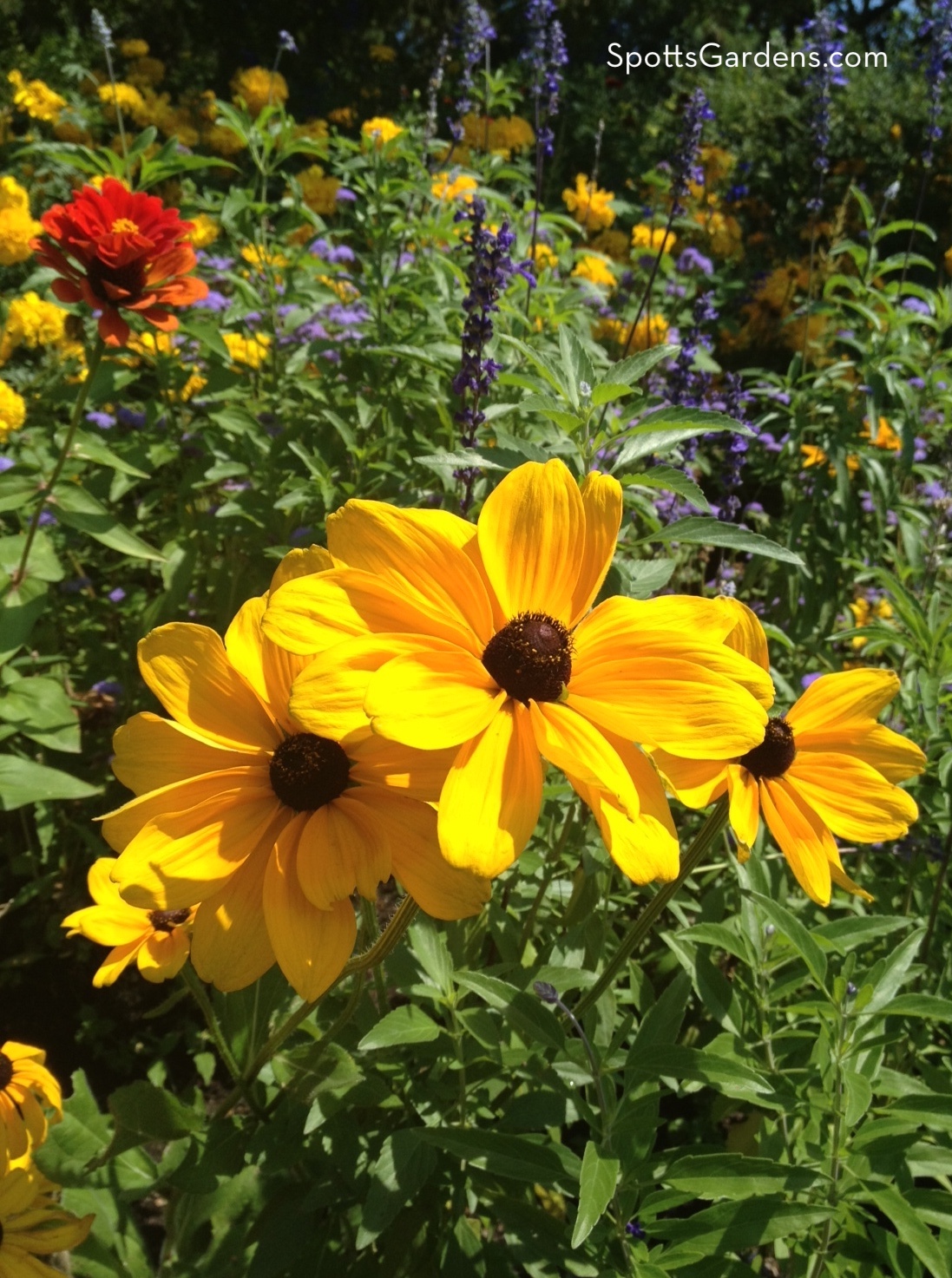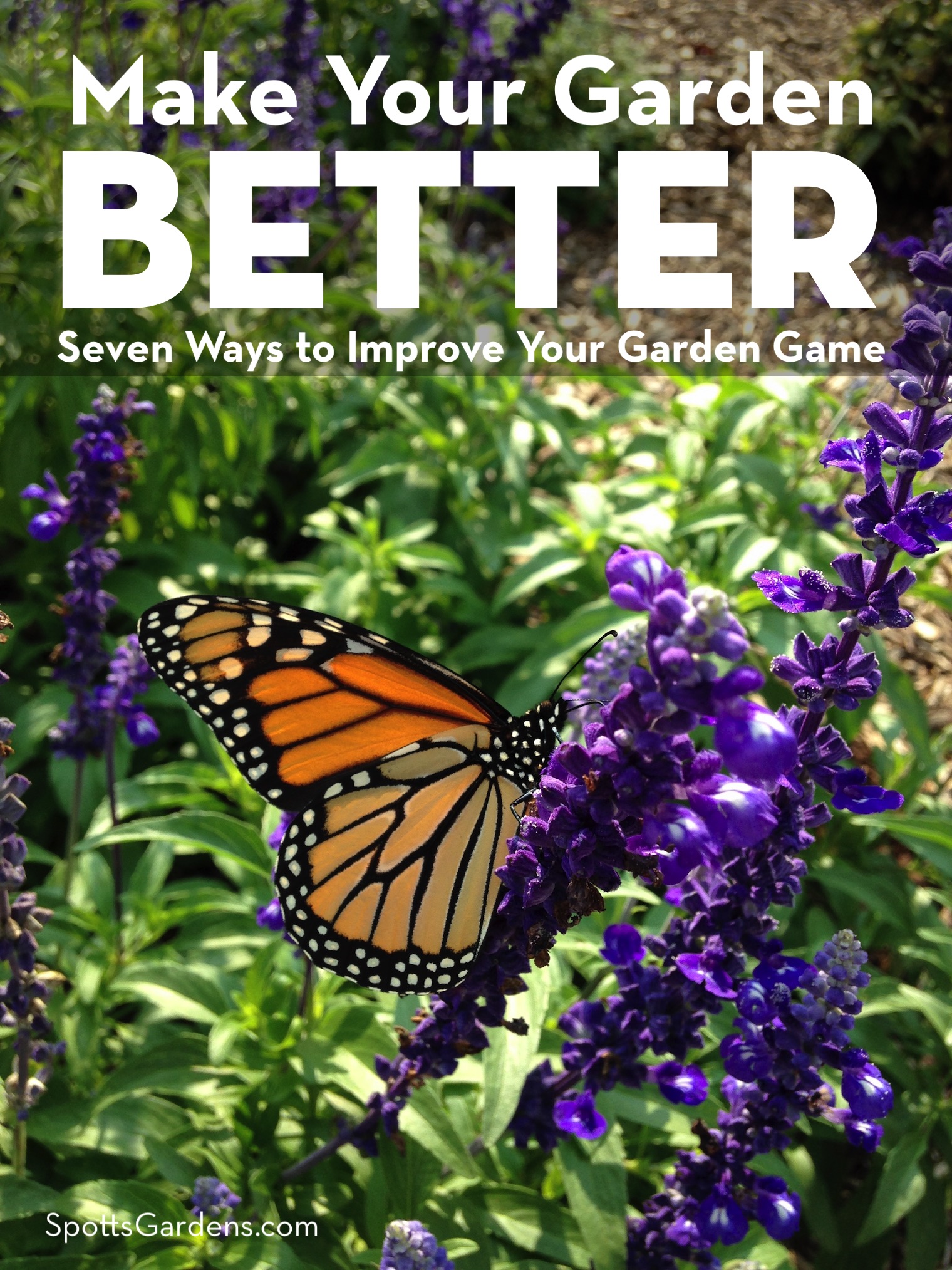As professional gardeners, we’ve learned some surefire ways to make the garden better every year. So whether you’re new to gardening or have been planting for years, check out our seven methods to improve your garden game!
1. Put the Right Plant in the Right Place
If gardening has one golden rule, it’s this one: put the right plant in the right place. Look carefully at the light and soil conditions you have, then match the plants you choose to that. This approach is vastly more sustainable than trying to alter your space to suit a fussy plant that doesn’t like your Midwestern garden (we’re looking at you, delphinium).
The right plant in the right place is likely to be healthy and able to fight off pests and disease. It requires less intervention, like staking, fertilizing, or extra water. And if it’s happy enough, it might start reproducing, giving you more plants for free!
To help you choose the right plant, keep a few things in mind:
- Full sun means six hours or more of direct sunlight a day.
- Part shade or part sun means four to six hours of direct sunlight a day.
- Full shade means fewer than four hours of direct sun a day.
- Spots under shallow-rooted trees require plants that are labeled as suitable for dry shade.
- Full western or or full southern sun is hotter than full sun with an eastern exposure. While some part-sun plants (like Hydrangea macrophylla, for example) can take more than six hours of sun on the east side of the house, those same plants will fry in western or southern exposure.
- Central Indiana gardens sit on top of limestone, so our soil is alkaline (pH of more than 7.0). Plants that need very acidic soil (pH of 5.5, like blueberries and azaleas) are difficult to grow here. Read more about how soil pH affects plants here.
2. Build Soil with Compost (But Don’t Overimprove It)
Adding compost to the soil improves the texture of soil, allows it to retain more water, and makes available to plants a host of nutrients. You can make compost for free in your own garden.
In vegetable beds, we want to turn the topsoil into a rich, dark loam, and we know that we’re removing nutrients from the bed every time we harvest. So we spread a layer of compost on top of the bed every fall and let the winter rains work it in for us.
Because ornamental plants don’t deplete the soil like food crops do, we use compost more sparingly in ornamental gardens. We work compost into new beds before planting and sometimes drop compost into holes when we plant perennials or annuals. We add compost to established beds every few years or if plants look like they need a boost.
Remember, the goal is to match plants to the conditions that exist in your garden, not to change the soil to suit the plants. Overimproving your soil makes it less welcoming to plants like ornamental grasses, coneflowers, herbs, and other plants that prefer it lean.
3. Add Some Structure
If your garden contains only perennials and annuals, you’ll have nothing to look at when they die back. Add some shrubs or trees to give your garden some backbone. In addition to creating height, these woody plants generally require less maintenance than perennials do.
If you possibly can, plant trees. They absorb carbon dioxide, cool the air, filter urban pollutants, mange water runoff, provide food and habitat for wildlife, and much more. Small trees act as focal points and add height to plantings; large trees provide shade and reduce energy consumption. Well-chosen and cared-for trees can increase property value by as much as 15 percent!
We choose shrubs and trees that offer something special in at least two and preferably three seasons: flowers, berries for birds, wildlife habitat, or great fall or winter color. Check out some of our favorite native shrubs here.
4. Plant for Pollinators and Wildlife
Wildlife habitats are disappearing, and pollinator populations are plummeting. By creating habitat in your garden, you can support bees, butterflies, birds, and other animals—both locally and along migratory corridors. In turn, these animals make your garden more resilient by controlling pest populations and improving the pollination of your plants.
Base your plantings on native plants, which support a much wider variety of bees, pollinators, and other insects than non-native plants do. Plant a wide variety of plants, and try to have at least three things in bloom at all times. Check out our favorite plants for pollinators.
To help make your garden a vital refuge for pollinators and other wildlife, explore the resources at Homegrown National Park, National Wildlife Federation, and the Xerces Society for Invertebrate Conservation.
5. Add Some Native Plants
Every garden needs native plants! Natives are well-adapted to Indiana weather and soil, and they’re a vital support for pollinators and other insects.
Plant breeders have dramatically increased the number of cultivars of native plants available. Especially in smaller gardens, these “nativars” are often a better choice than the straight species.
As with all plants, match the right plant to the right place. Most of the native plants you’ll find in nurseries will do fine in the average garden, provided you give them the correct amount of sun. Prairie natives, like coneflower and grasses, are likely to flop if you plant them in too-rich soil; most shade natives, on the other hand, thrive in rich, organic soil. We’ve written more about our favorite native perennials, natives for wet gardens, less-common native plants, and native plants that shine in fall.
Research by Dr. Doug Tallamy has shown that specific “keystone” genera are the backbones of our local ecosystems, supporting a disproportionate number of butterfly and moth caterpillars. We work them into gardens whenever we can. The National Wildlife Federation has a list of keystone genera for each region here.
6. Sow Some Annuals
Annual flowers are the closest thing you can get to instant gratification in the garden. While shrubs and perennials take a while to get established, annuals settle in quickly. And they’ll bloom all season, as long as you deadhead them to prevent their setting seed.
Many annual flowers are perfectly happy to grow from seed right in the garden, a process called direct sowing. With direct sowing, you can afford to try new color combinations and fill in empty spots in the garden as slower-growing plants mature. Seeds are considerably cheaper than buying transplants at the nursery, so you can afford to use them with a lavish hand!
Try sowing cornflower, cosmos, and love-in-a-mist into bare spots in your garden for a cheery cottage look. Hardy, self-sowing annuals will migrate to where they’re happiest, adding some spontaneity to your garden. Direct sowing is also a great way to diversify your pollinator plantings—try sunflowers, globe amaranth, marigolds, and zinnias to attract pollinators and hummingbirds.
7. Be Bold!
Gardens are never done. They change from year to year depending on the weather or the gardener’s latest interests. So next year, try something new! Add some new plants, choose a new vegetable to grow, or redo a border.
Don’t be afraid to fail. Even expert gardeners lose plants. After all, you can fix most garden mistakes with a shovel and trip to the compost heap!
Spotts Garden Service can improve your garden using these strategies and many more. Contact us to discuss your garden.
